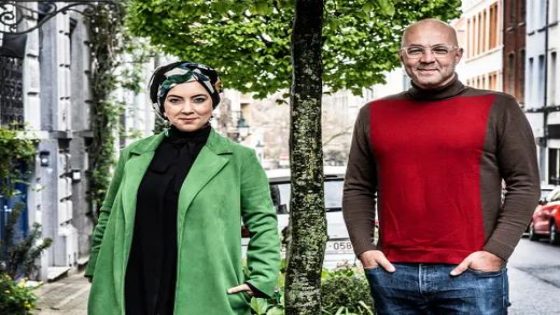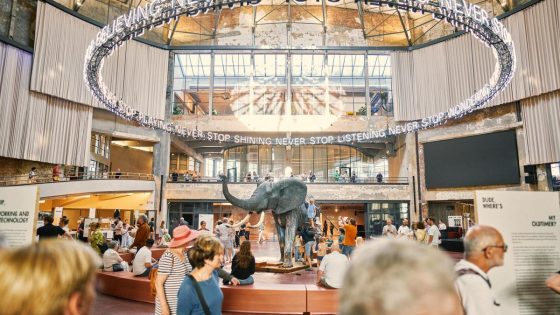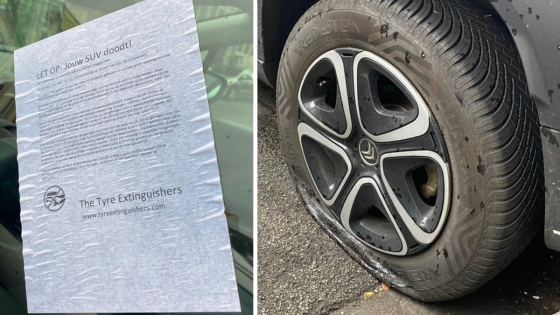Protesters rallied once again at the rainbow crosswalk outside Pulse in Orlando, Florida, after it was painted over by the Florida Department of Transportation (FDOT) earlier this week. This act has sparked significant outrage, as many view the crosswalk as a vital tribute to the 49 lives lost in the tragic Pulse nightclub shooting.
- Protesters restored rainbow crosswalk at Pulse.
- FDOT claims crosswalks violate state regulations.
- Demonstrators emphasize memorial significance of crosswalk.
- Local efforts for permanent memorial underway.
- Public opinion on crosswalk decision is divided.
- City must comply by September 4 deadline.
On August 23, 2025, demonstrators gathered at the intersection of Orange Avenue and Esther Street, using paint to restore the vibrant colors. “It’s to erase US, it’s to erase the memory of the 49 lives that were stolen,” one protester expressed, highlighting the emotional weight behind their actions. FDOT claims the crosswalks do not comply with state regulations, igniting a heated debate about the significance of such memorials.
This situation raises important questions about how we memorialize tragedies. Should symbols of remembrance be preserved, or do they hinder urban planning? Consider these points:
- The crosswalk symbolizes resilience and remembrance for the LGBTQ+ community.
- Local efforts are underway to create a permanent memorial funded by the state.
- FDOT’s actions have divided public opinion on the appropriateness of such memorials.
- Orlando has until September 4 to comply with state regulations.
As this situation unfolds, community members are urged to engage in dialogue about the significance of memorials and the best ways to honor those lost in tragic events.






























